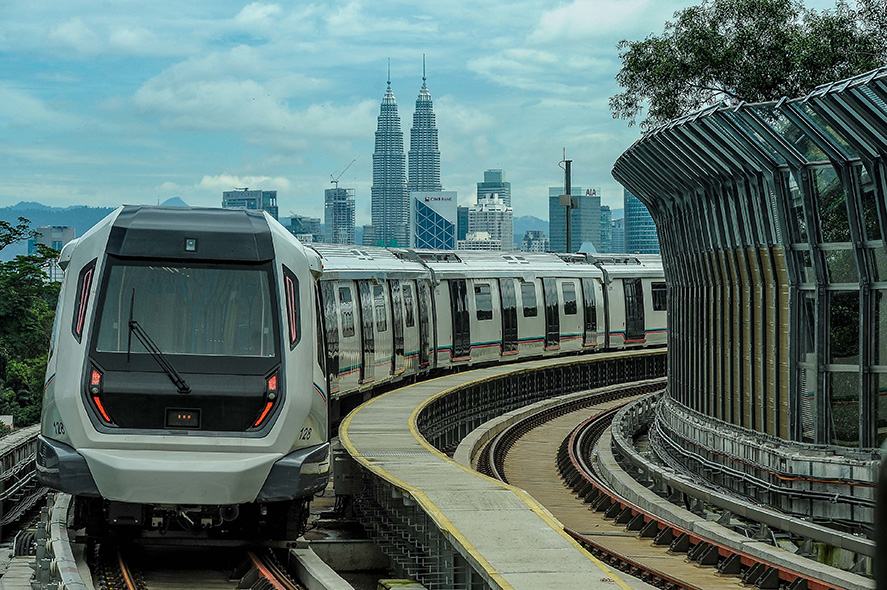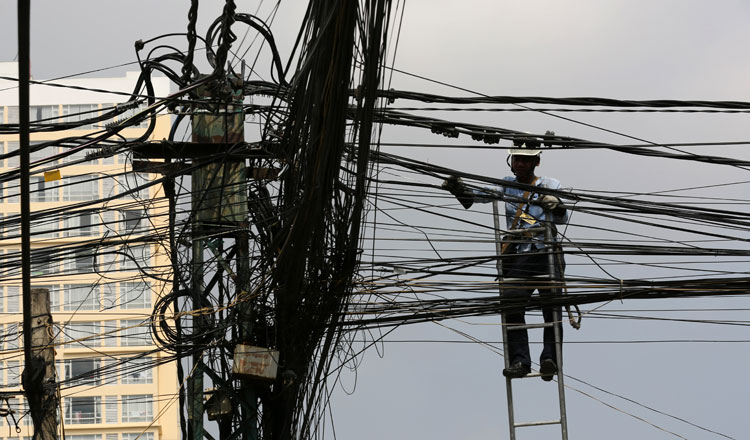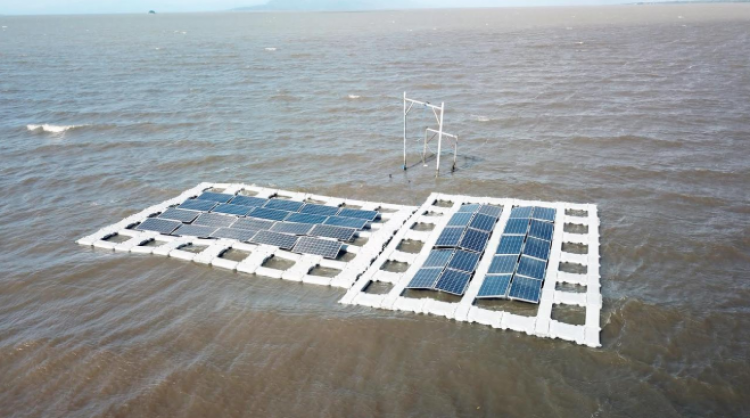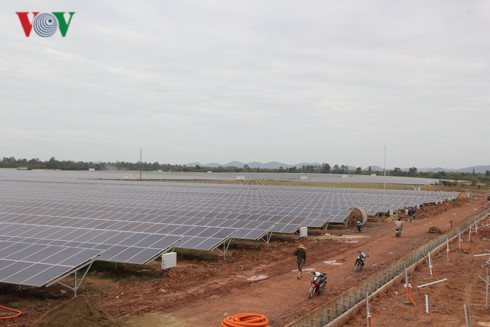- Energy Economy ,
- Energy Efficiency
–
- Malaysia
METRONIC Global Bhd targets to achieve a US$1 billion (RM4.08 billion) market share of smart city projects across Malaysia, Europe, the US, Middle East and South-East Asia in the next three years.
Metronic CEO and ED Brian Hoo Wai Keong said the US$1 billion target is plausible as it is less than 1% of global investments in smart city technologies, which are expected to rise to US$135 billion by 2021, as stated by International Data Corp’s Worldwide Semi- Annual Smart Cities Spending Guide.
He added that the target is also in line with current rapid progress in telecommunications connectivity and hyperurbanisation.
Among the contributors to the targeted figure is the group’s subsidiary Metronic Engineering Sdn Bhd, which has recently signed a memorandum of understanding with Hong Kong-listed Zhuhai Singyes New Materials Technology Co Ltd that would result in world-class smart city technology solutions in Malaysia.
Metronic’s partnership with Singyes is also expected to connect the country’s infrastructures with the Internet of Things (IoT) and 5G capabilities, which in turn would support the 11th Malaysia Plan’s Smart City Initiatives.
“Smart city technology solutions from Singyes — such as smart light-adjusting film/LED/glass, sensor networks, advanced composites lighting/closed-circuit television systems with infrastructure integrated, renewable energy solar solutions and 5G capabilities — allow for a safe and healthy smart living environment which bodes well for smart city initiatives across Malaysia,” Hoo added in a statement.
Metronic has registered a commendable revenue of RM43 million for the financial year ended Dec 31, 2018 (FY18).
Among the projects the group is involved in are the Kuala Lumpur (KL) Convention Centre, Melawati Mall, Mass Rapid Transit (MRT) Sungai Buloh-Kajang Line, KL Sentral, Sunway Velocity Hotel, Arcoris Mon’t Kiara, Damansara City Hotel, KL Eco City and Radia Bukit Jelutong.
As at FY18, Metronic’s balance orderbook stood at RM83 million.
The group also undertook a rationalisation exercise on its available asset and investments towards optimising returns.
As such, Metronic’s ongoing cash call of up to RM42 million from its renounceable rights issue is expected to be put to good use to generate more profits for the company by increasing its project tender success rates.
The rights issue comprises up to 645.34 million in new ordinary shares at an issue price of 6.5 sen per rights share, together with up to 484.01 million free detachable warrants on the basis of four rights shares, with three free warrants for every two existing Metronic shares held by its entitled shareholders.
Currently, Metronic is in the middle of finalising tenders of several huge potential engineering projects worth up to RM300 million in Malaysia and across the region.












